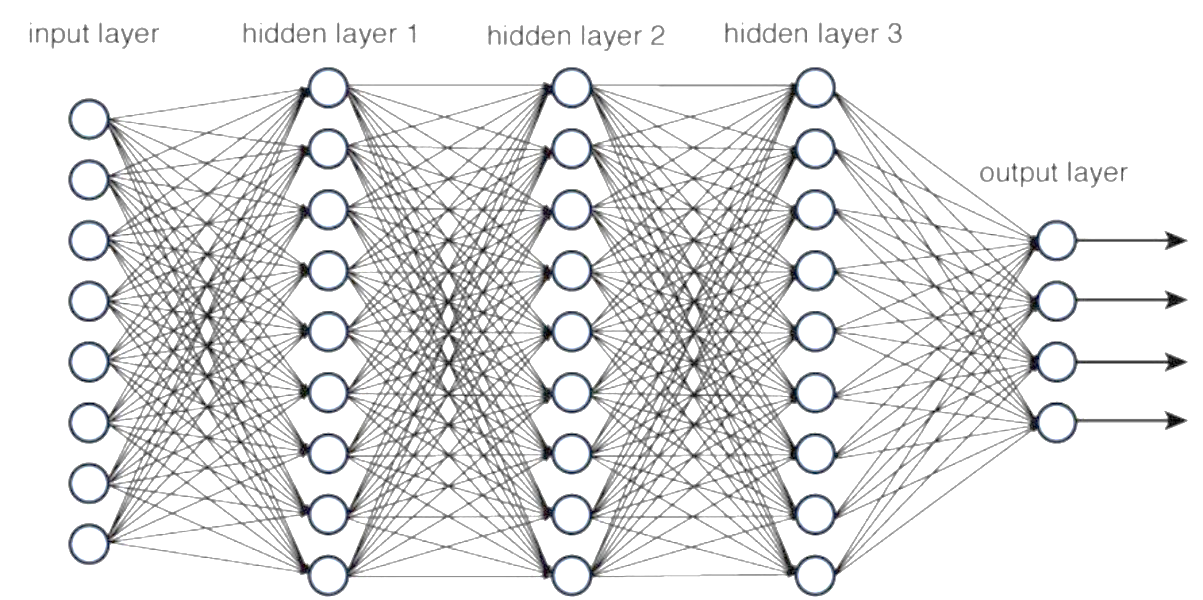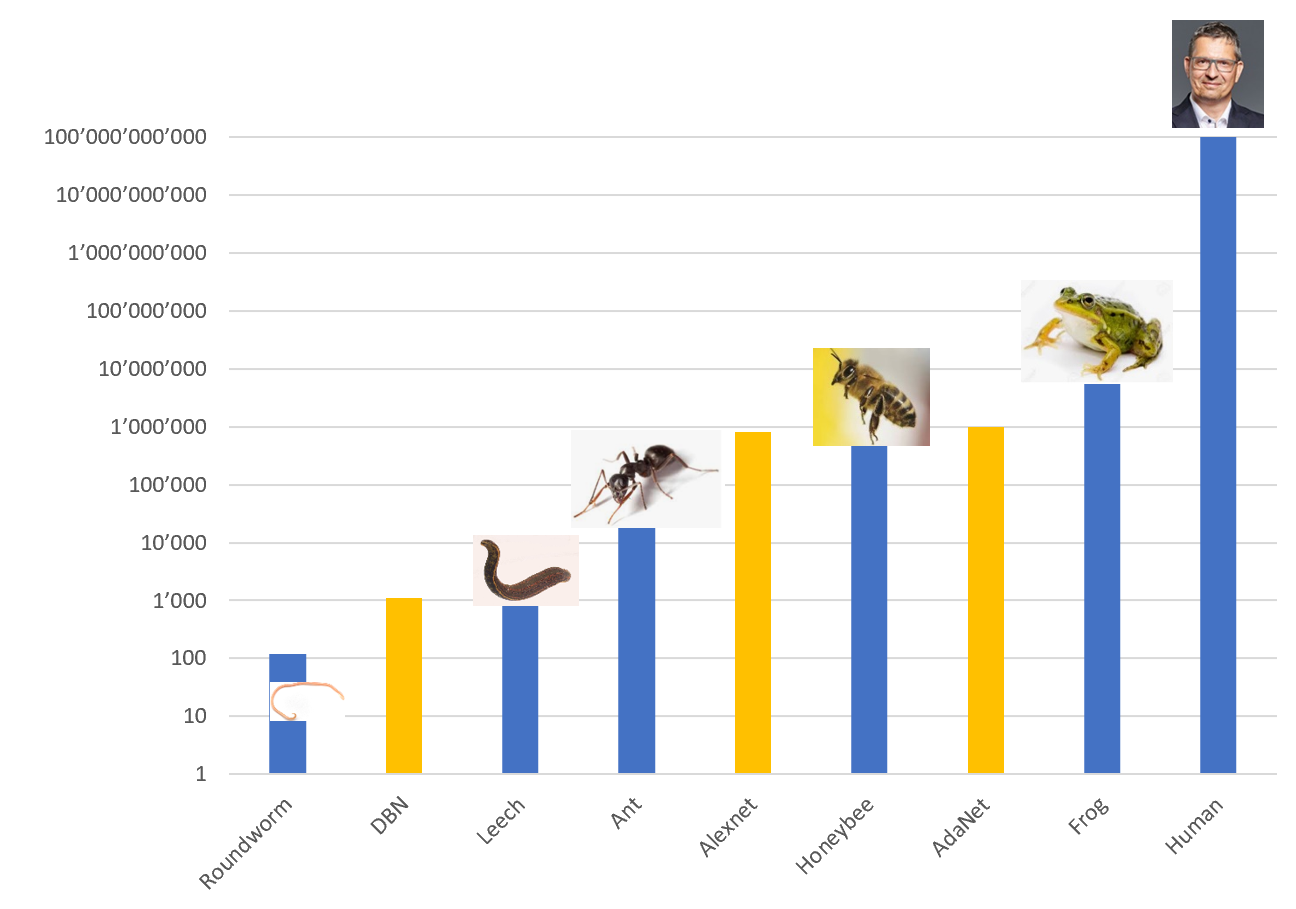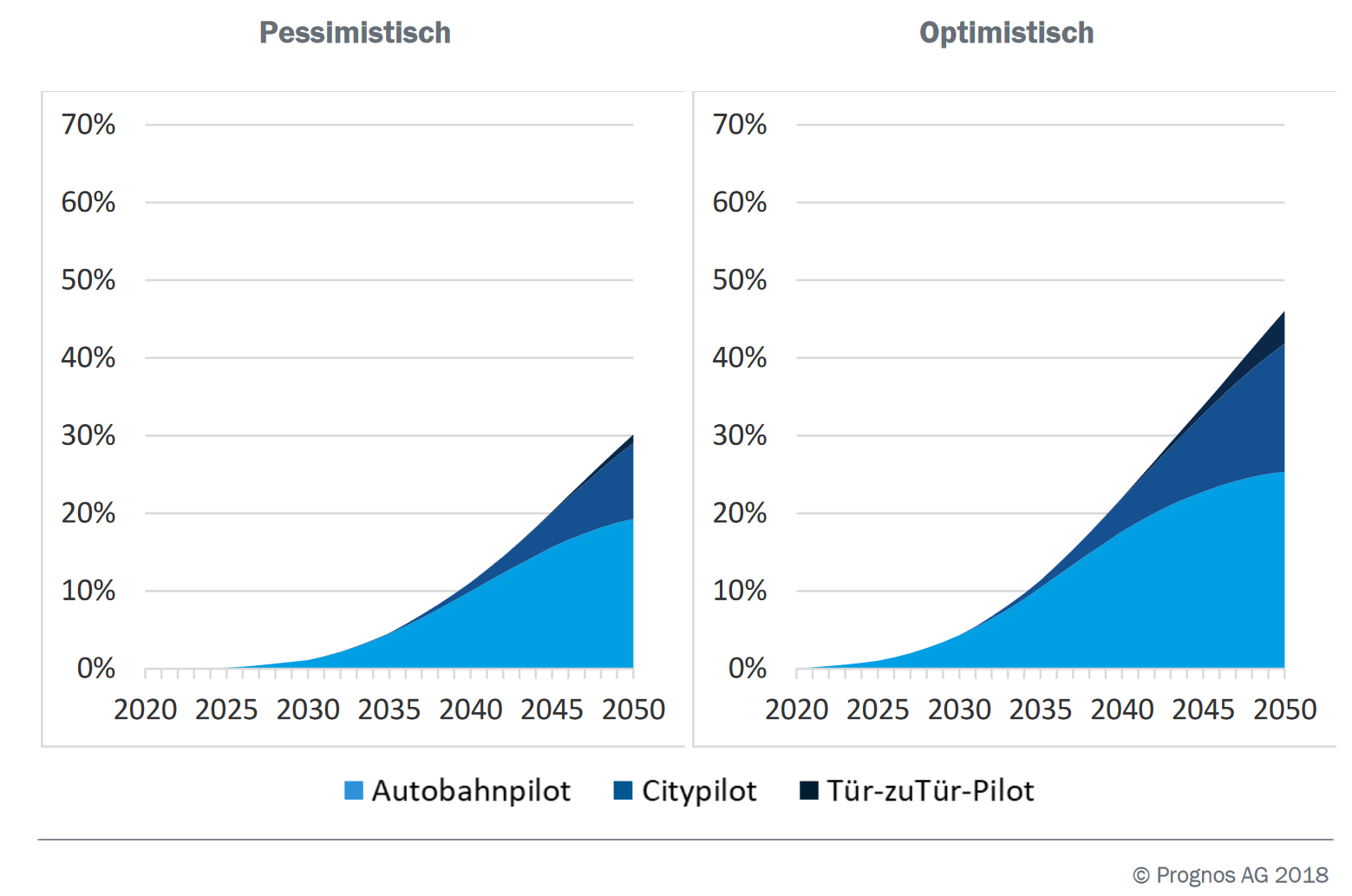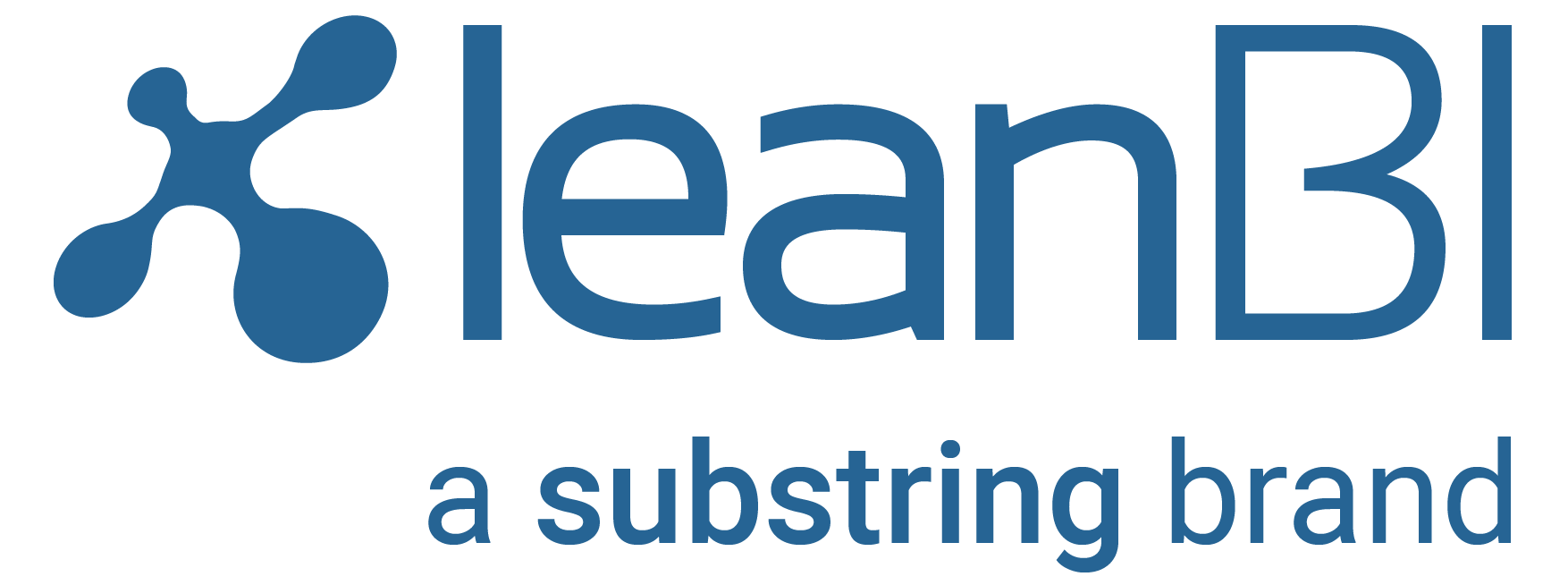What AI can really do today
“People underestimate the capability of AI. They think it is a smart human. It will be much more than that.“ Elan Musk, 29.8.2019
In this blog we would like to discuss the limits of artificial intelligence today. We will cover a wide range of topics from definition and history of artificial intelligence to today’s practical limits of Artificial Intelligence.
AI Definition
Artificial Intelligence (AI) deals with the automation of intelligent behaviour and is closely related to the term Machine Learning (ML). The goal of AI is to emulate or at least simulate intelligent behaviour with algorithms.
AI is particularly relevant today in its areas of knowledge-based systems (expert systems), pattern recognition and prediction, and robotics.
Data science is also strongly linked to AI. Data science refers to the extraction of knowledge from data, using methods, processes and algorithms such as statistical and machine learning methods. Deep Learning is a branch of Machine Learning.
AI History
AI developed out of many theoretical considerations from the 1920s onwards and manifested itself concretely for the first time at the beginning of the 1950s. From then on, AI and its sub-areas underwent several hype cycles. Already in the 50’s there was an almost limitless expectation regarding the ability of computers to become intelligent, e.g. to become chess world champions. But the IBM Computer Deep Blue succeeded as a chess world champion much later, in 1997. There were also expert systems since the beginning of the 70’s, which supported already at that time diagnosis decisions of the physicians, but in very narrow subranges of medicine. The problem at that time was that the limits of competence were blurred, which sometimes led to false diagnoses. The hypothetical Fuzzy Logic was also an achievement that has established itself particularly in various machine controls, but did not achieve a broad breakthrough. Therefore, after every AI hype, the so-called AI winters are characteristic.
The AI hype of nowadays was socially triggered by two events: IBM Watson, who defeated the Jeopardy Champion in 2011 and AlphaGo, who defeated the world’s best Go player in 2018. The latter was thanks to Deep Learning, which is based to artificial neural networks inspired by the networks of the human brain. Deep Learning is also the basis of many developments in the field of image recognition, speech and text analysis.

Fig.1 Neural network with several layers (Lit. Towards Data Science, Training Deep Learning Networks, Rawindra Parmar, 11.9.2018)
AI breakthroughs today
Networking and cloud services have led to an enormous increase in global data volumes. Big Data has become both a buzzword and a curse. A few years ago, Big Data helped AI to make a great leap forward (because large amounts of data are often indispensable for many models of modern AI), but the Big Data hype was soon replaced by the one of AI. The topic of Big Bata is still important, but nobody talks about it anymore. This is exactly how AI will be in a few years’ time. What is interesting, however, is that AI has had a strong avalanche effect. Many new courses of study have emerged, and politics continue to invest enormous amounts of money into research and development. In contrast to Big Data, AI became political, and today’s political opinions go so far that individual states believe that AI can govern themselves and the world.
Much is exaggerated, but there have been some astonishing technological breakthroughs in recent years that suggest AI’s omnipotence. And so too many, even AI experts, believe that artificial intelligence will overtake human intelligence in less than 20 years. Fortunately, history teaches us that this will take much longer, if ever.
Indeed, there have been some notable technological breakthroughs in recent years like:
- Language translation machines (Deepl, Skype, Google Translate, etc) that are pretty good. Speech to text and vice versa also works very well on
the basis of AI. - Personal assistants based on the Internet (Amazon Alexa, Google Assistant, Healthcare, etc.), which have become very popular especially in America.
- Recommendation systems on Internet platforms that are increasingly becoming the norm.
- Automated behavioural analysis such as sentiment analysis for marketing.
- AI Security: AI helps us to fight crime in many cases. Fraud detection, cyber security and a better understanding of crime.
- And a lot of applications based on image and video analysis, which is also the basis for autonomous driving. Here, for example, our project of defect detection
(cracks, wet spots, etc.) in tunnels also falls into this category. - It is estimated that the predictive maintenance market will reach $11 billion by 2022 (Market Research Future Roland Berger, 2018), a very strong development over
the next few years.
The intelligence of AI
Fig.2 shows where the intelligence of AI is compared to the animal world.
A comparison can best be made using Deep Learning, as the concept of the neural network is similar to that of the brain.
A human brain has about 100 billion neurons (nerve cells) and 100 trillion synapses. The comparison of AI neurons to organic neurons is somewhat vague, but we tend to be somewhere near to a honeybee, some claim near a frog. Thus at least a factor of 10,000 still lies between AI and the intelligence of a human being.

Fig.2: The intelligence of Deep Learning in comparison to the animal world
The bee can find specific behaviour patterns very well, for example the way, perhaps even better than humans. The same applies to AI. AI can detect a specific tumour better on an x-ray than a doctor (even if not all doctors agree). But the model cannot simultaneously detect the image of another disease in the brain unless it has been specifically trained to do so.
Unfortunately, it has been found that the accuracy of pattern recognition decreases once the neuronal network trying to solve many problems at the same time. At least currently, the intelligence of deep learning still has a limit that may not be broken. A Deep Learning model will never have the intelligence of a human being, to get in that direction, completely different concepts are needed.
The missing intelligence of AI
- AI doesn’t have what’s called a common sense. AI can only draw conclusions in a specific field in which it has been trained. AI does not work beyond these limits.
- Deep learning only works through probabilities. There is no direct wiring of input and output, so deep learning will never produce 100% accurate results.
- Deep learning is only as good as the data used to train the network. This can often lead to bias, essentially big mistakes learned from the data. For example, a model trained with
historical mortgage decision data can obtain a racial or gender bias, making it more reluctant to allow a mortgage to an African American woman. - Deep learning only works with a lot of training data. Furthermore, if the problem area changes over time, new data is needed to retrain the network.
- Human intelligence functions through the exchange of information and the cross-domain application of knowledge. Deep learning cannot do this. Deep learning cannot be described as
creative (even though a special type of networks – the GANs – can solve specific “creative” tasks given the right training data).
Where does AI (still) make little sense?
Here are just a few examples to warn against hasty euphoria:
AI for HR
A few years ago, AI applications came onto the market that support the application process of new employees. A system was proposing to conclude the suitability of an applicant based on her facial expressions during the interview. What amused me personally was that the system was (at least initially) positively received by several companies.
The suitability for a job is usually very individual. In addition to the skills for the role advertised, the person must fit into a very specific team. It is hardly possible that a deep learning algorithm can provide a decisive opinion for such an individual decision-making process.
Deep learning for the stock market
Tell AI to predict the stock price. This is not possible for entire stock markets and certainly not for individual companies in the future. The stock market reacts to economic and political influences such as instabilities that are unpredictable and is emotionally charged. In the past, AI has even destabilized stock exchanges. But the tendency is that with AI stock exchanges become less emotional, so that the swings will be less dramatic.
AI as a doctor
Expert systems in HealthCare will support the physician and become better and better over time, the more data these systems have (historical data and online patient data). In a few years, it will be impossible to imagine the medical practice without expert systems. But it will be many years before the function of a doctor has to be reconsidered.
Autonomous driving
The autonomous driving especially in the cities will unfortunately be delayed. Even though many prototypes have been in use for years. Unfortunately, the forecasts for an introduction are constantly being revised backwards.
It is now assumed that the City Pilot will be introduced in 2030 (ADAC Studie, 2018), with a penetration rate of 10% to 20% in cities in 2050. That’s quite small and I hope that in fact this will happen a little faster. Hope dies last.

Fig. 3: Stock penetration until 2050: total stock; ADAC studies by Prognos, Aug 2018
Conclusion
Elan Musk is a visionary. But he will make it to Mars sooner than the AI becomes more intelligent than human beings. Many hopes, but also fears (fortunately) are exaggerated beyond measure.
- Merger of Substring and LeanBI - December 31, 2023
- Blog: New optimization potentials thanks to AI and physical models - July 14, 2023
- Blog: Acceleration of development through AI and physical models - June 20, 2023
